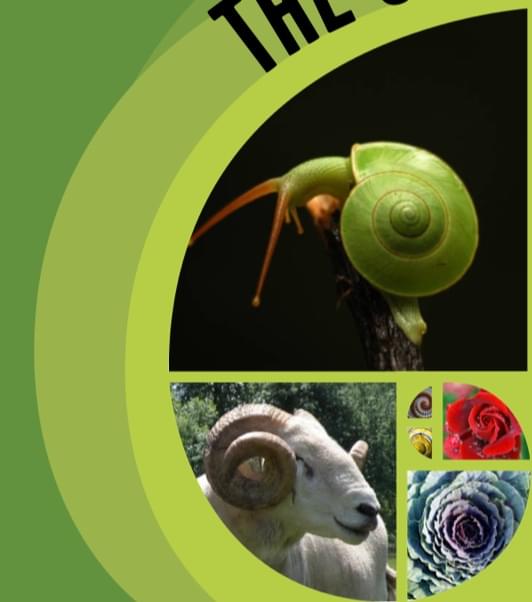Your Billion Year Family Tree:
From LUCA to LUCY to YOU!
Explore 10 major milestones essential to understanding human evolution. The story starts with LUCA (The Last Universal Common Ancestor), a single-celled microbe that first appeared 3.8 billion years ago. Click here to learn more about the science behind the Tree of Life.

LUCA was a simple, microscopic organism consisting of a single cell with a strand of DNA. Everything alive today is descended from LUCA. Single-celled organisms are still the most common life form on Earth. They are known as Prokaryotes.
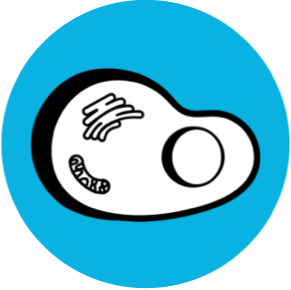
A branch of the LUCA family evolved a more complex cell structure. All animals and plants are made from these complex cells, known as Eukaryotic cells, which house a nucleus and organelles (tiny organs).

Our first multicellular ancestor was a sponge. A bunch of single cells evolved the ability to stick together and work as a team. This biological “glue” that adheres cells together and makes multicellular life possible is called Collagen. Sponges live anchored to the seafloor and filter water to get food.

Worms were our first ancestor to evolve a brain that was wired up to its body. These early worms also had two eyespots that could detect light, plus a mouth–the beginnings of a face! Unlike sponges rooted to the ocean floor, worms can move around and hunt for prey–which they did with intention.

Fish evolved from worms, becoming the first animal with a strong, flexible backbone. All animals with backbones are called vertebrates, and all vertebrates alive today are descended from fish.
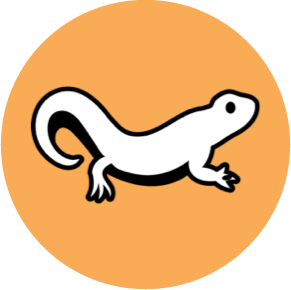
Reptiles are descended from the fish whose fins evolved to become limbs. All animals that live on land today are evolved from reptiles. Like fish, reptiles are cold-blooded, lay eggs and, in most instances, provide very little parental care for their offspring.
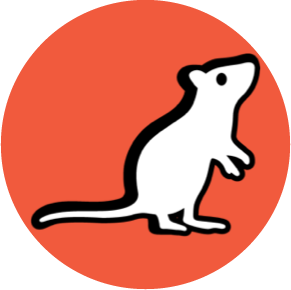
Descended from reptiles, the earliest mammals were nocturnal, mouse-like creatures that lived in the shadow of the dinosaurs for millions of years. Babies developed inside their mother’s body and, once they were born, were nursed with mother’s milk.

One branch of the mammal tree evolved arms and hands with fingers and thumbs. With the evolution of hands, primates were able to swing through the trees and pick fruit. They also enjoyed holding hands with friends and family members.
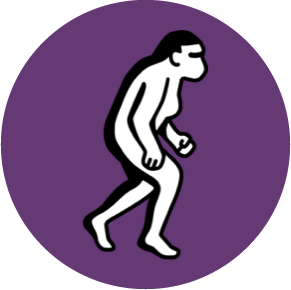
Lucy was the first primate to walk with two feet on the ground. Known as a hominid. Lucy and her kind had a mixture of traits, some ape-like, others more like humans. The ability to stand upright meant that Lucy was able to see at greater distances and therefore could more easily spot both predators and prey. Lucy’s brain was about one-third the size of our modern-day brains.

Most scientists believe that modern humans evolved from Lucy and her species of hominid, who lived in Africa. Humans put a lot of emphasis on passing down knowledge to the next generation. Other traits that set us apart from our hominid ancestors include bigger brains, spoken language and the creation and use of advanced tools and technologies.



